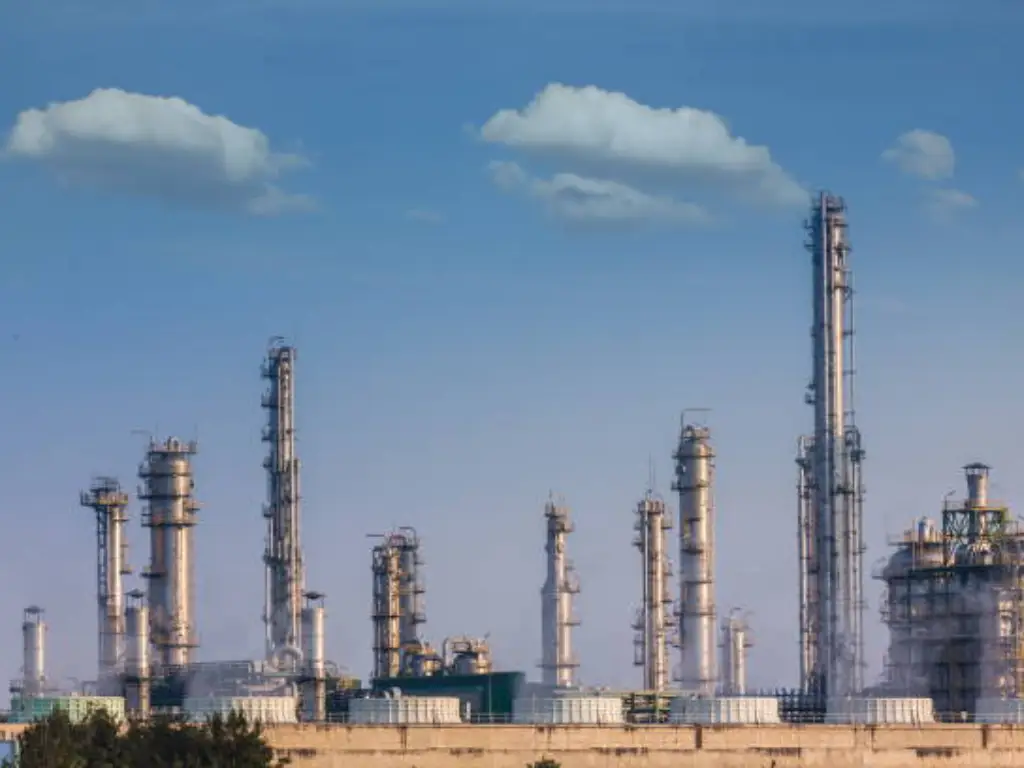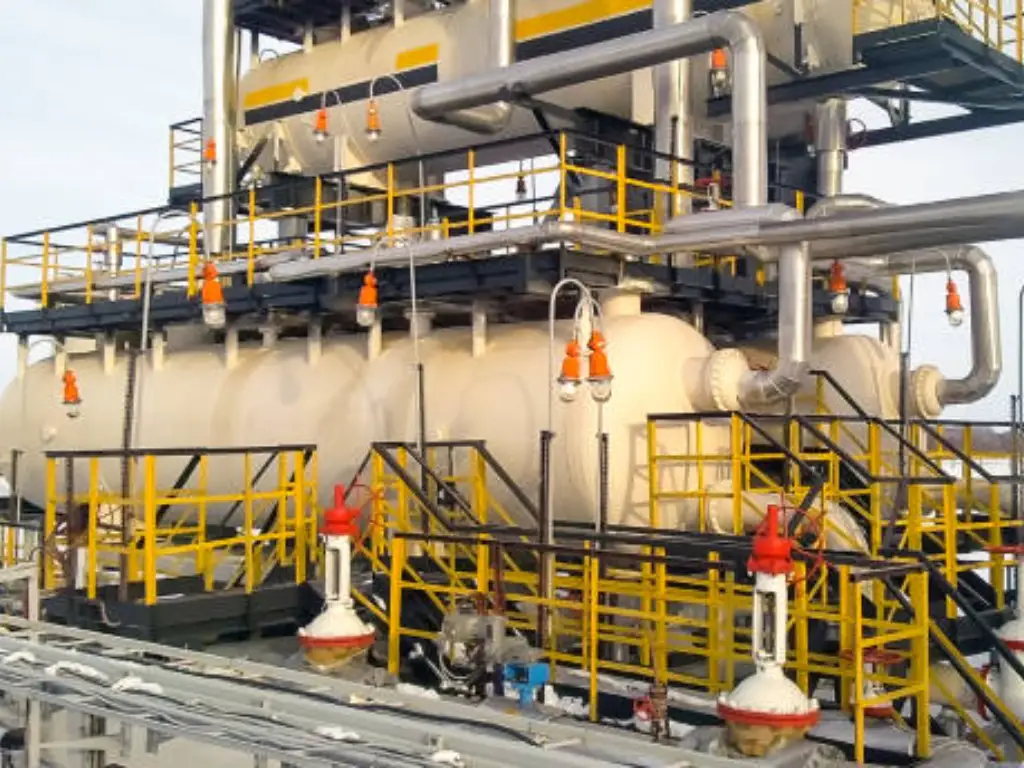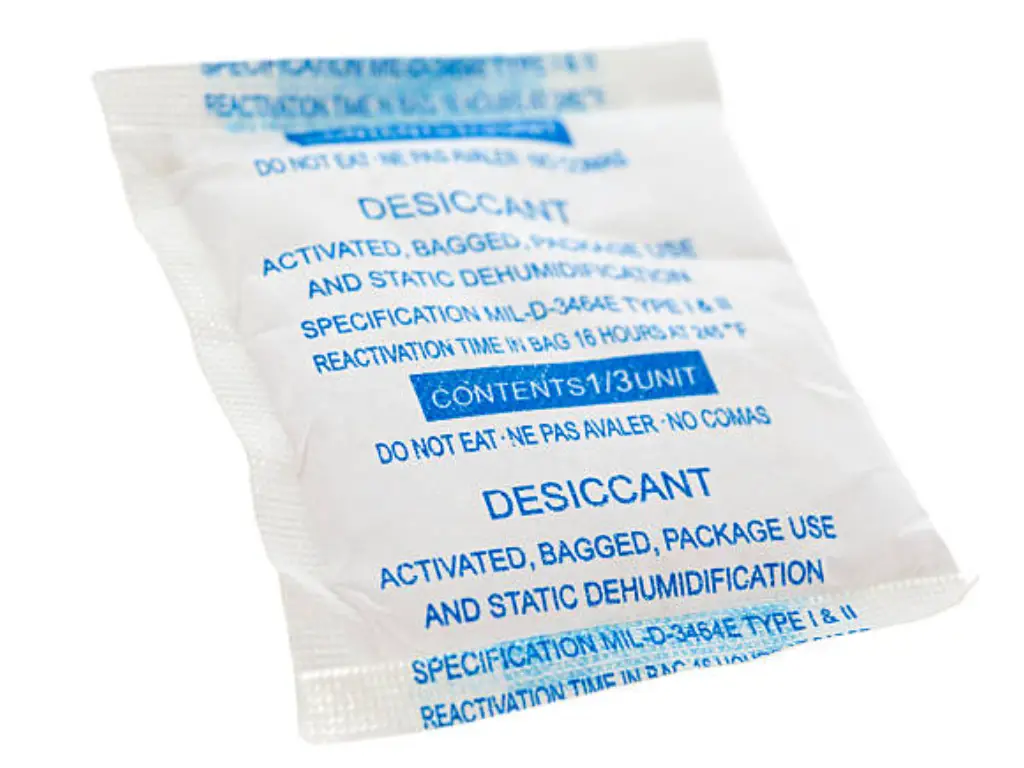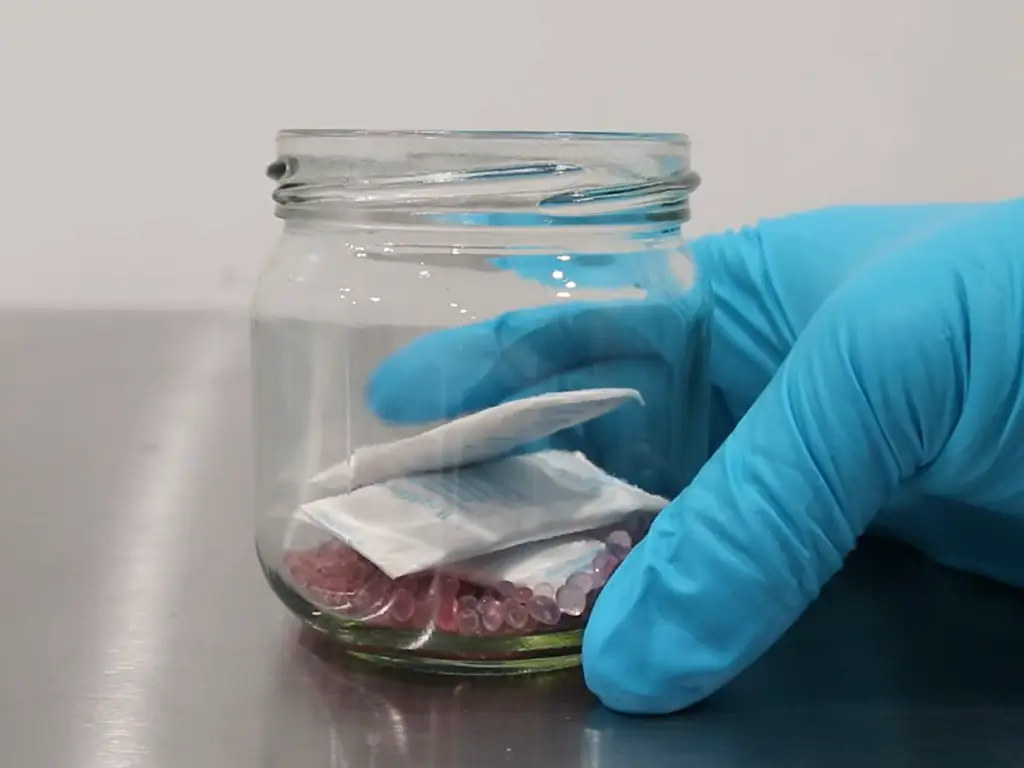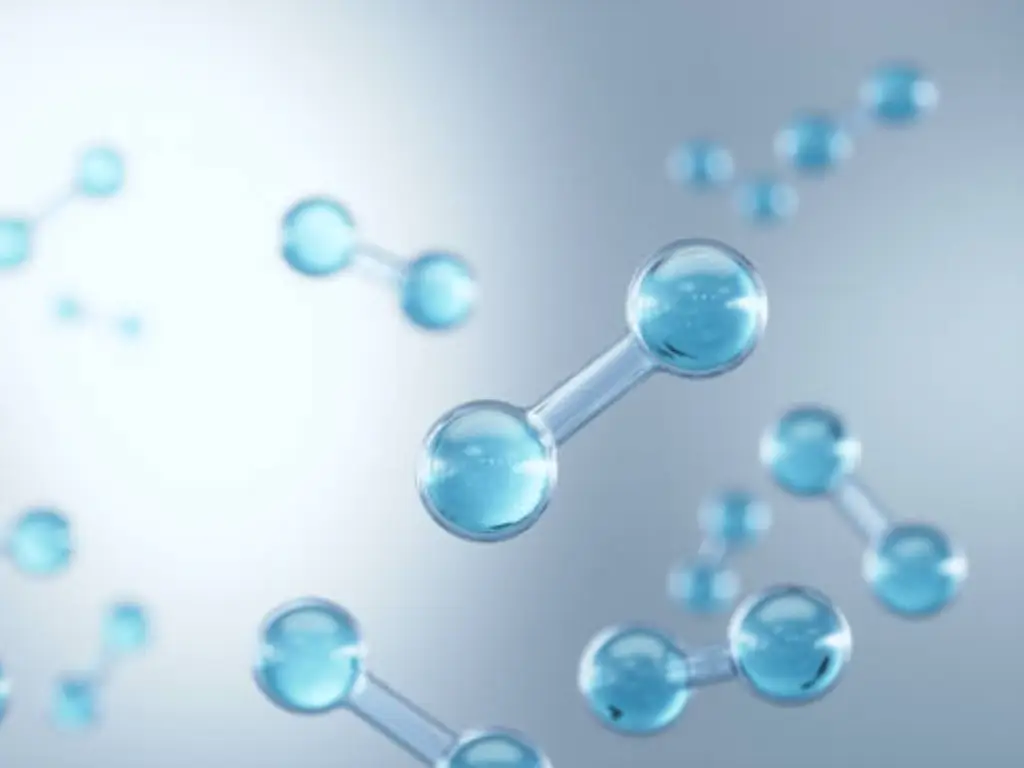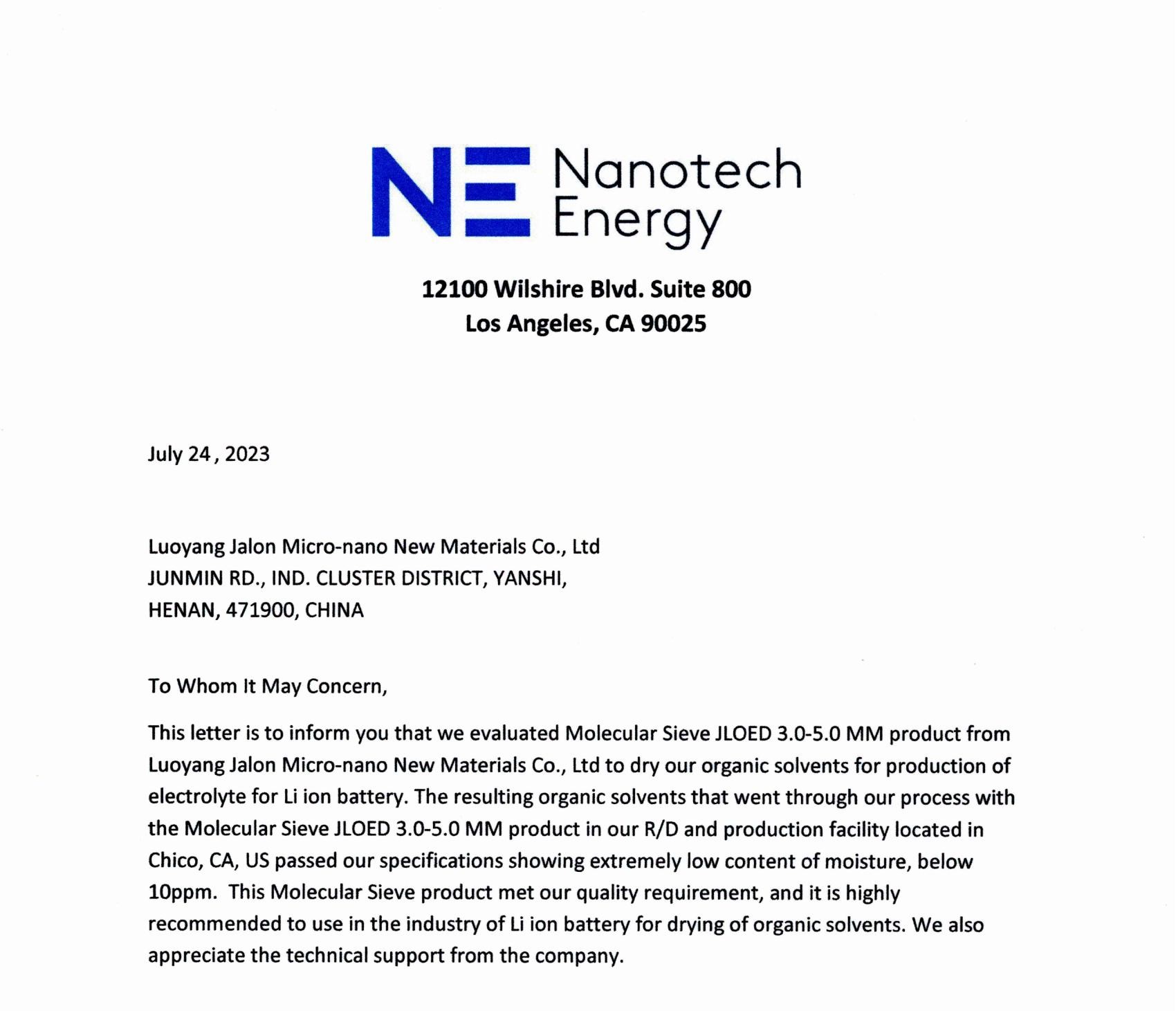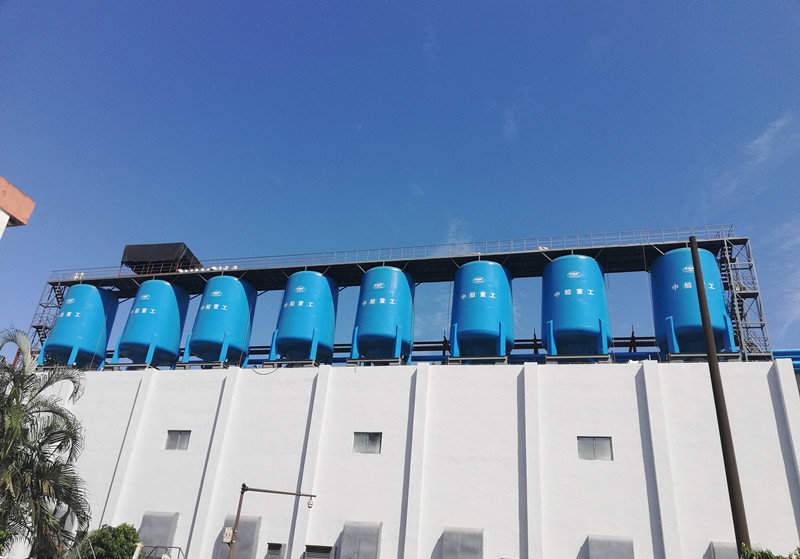Understanding Desiccants
What is a Desiccant?
Desiccants are products that are used to remove moisture from the air to minimize the effects of humidity on the products. They are used in almost every industry including electronics, pharmaceuticals, and food packaging. Silica gel, molecular sieves, clay, activated alumina and calcium chloride are the most frequently used desiccants, which differ in the efficiency and purpose of moisture removal. Silica gel, for example, is highly efficient and reusable, making it a popular choice for many applications. Molecular sieves provide even higher accuracy of moisture control, which is suitable for the most delicate products. Knowing what a desiccant is and its uses can assist you in determining the amount of desiccant that you require in your case.
Type of Desiccants and Their Uses
Some of the most commonly used desiccants include silica gel, molecular sieves, clay, and calcium chloride. Silica gel packets are useful for regular packaging and can hold up to 40% of their weight in water vapor. Molecular sieves are particularly suitable for use in conditions where precise pore size is necessary because of their uniform pore size. Bentonite clay is relatively cheaper and can be used for less rigorous processes. Calcium chloride, which has a high absorption rate, is used in areas where fast and efficient absorption of moisture is required. Therefore, it is possible to select the most suitable desiccant based on the characteristics and applications of each type.
| Desiccant Type | Characteristics | Applications |
| Silica Gel | High adsorption capacity Reusable Cost-effective | Electronics Pharmaceuticals Food packaging General moisture control |
| Molecular Sieves | Highly selective Precise moisture control | Sensitive electronics Optical components Pharmaceuticals |
| Activated Alumina | High adsorption rate Suitable for high humidity | Dehumidifiers Industrial drying processes |
| Calcium Chloride | Fast absorption rate Low cost | Dehumidification in temporary spaces Emergency drying |
| Bentonite Clay | Relatively inexpensive Suitable for less rigorous processes | Packaging Agricultural products |

Key Parameters to Consider for Accurate Desiccant Calculation
Volume of the Space to be Desiccated: The size of the space that needs to be dehumidified is an essential factor that determines the quantity of desiccant to be used. Higher volumes require more desiccant to absorb moisture effectively and this is why larger volumes of air require larger volumes of desiccant. This volume also encompasses any other packaging materials that may accompany the container. Correct measurement of the volume of the desiccant helps to avoid both overuse and underuse, which is unproductive.
Material Sensitivity to Moisture: It is important to understand that different materials have different levels of sensitivity to moisture. Among the products that are sensitive to humidity, there are electronics, pharmaceuticals, and some types of food. This is important in determining the type and quantity of desiccant to use since different types of desiccant have different sensitivity levels. Some items may need more absorbent desiccants like molecular sieves to provide sufficient protection for a long time.
Environmental Conditions (Humidity, Temperature): It is therefore clear that the amount of desiccant needed is influenced by the environmental conditions such as humidity and temperature. Relative humidity and varying temperatures affect the rate at which moisture is absorbed. Knowledge of these conditions enables one to select the appropriate desiccant and the required amount for achieving the required RH levels.
Duration of Protection Needed: Another factor that influences the amount of desiccant needed is the length of protection required. Higher storage times or shipping times require more desiccant to keep the dryness for the required time. Calculating the necessary time allows for constant protection against moisture and other factors that can cause damage, even if the product is stored or transported for a long time.
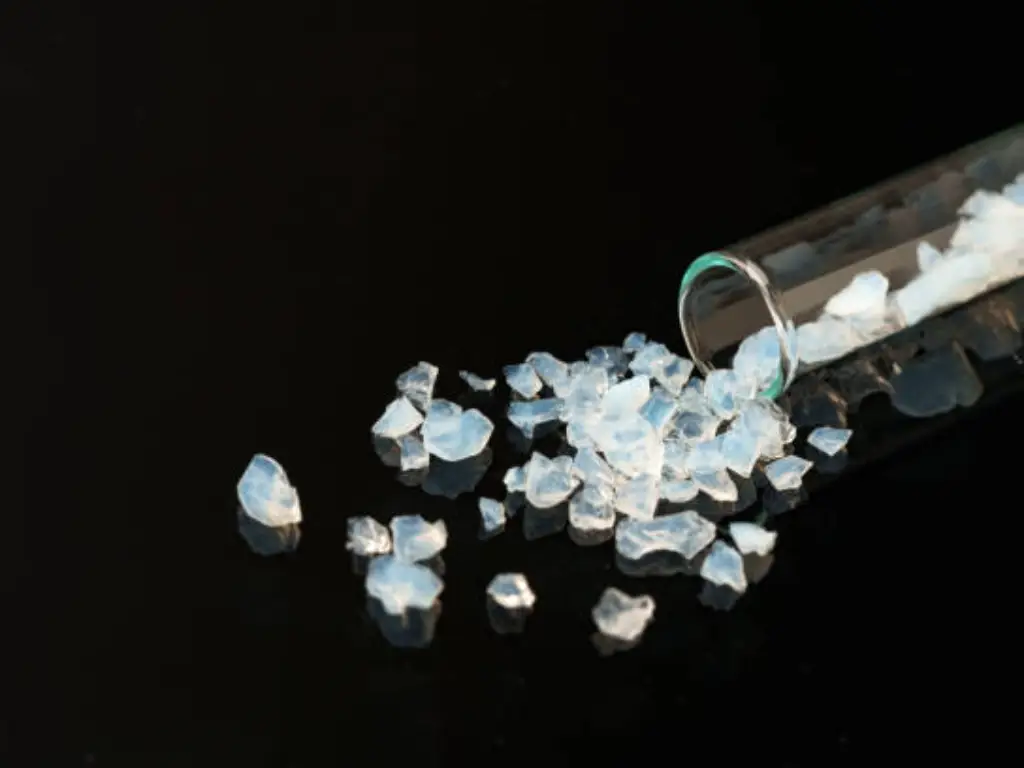
Desiccant Units Explained
Definition of a Desiccant Unit
A desiccant unit is a standard unit that is used to express the capacity of desiccants to absorb moisture. Desiccant is defined as the quantity of desiccant which has the capacity to absorb a given amount of water vapor under a given condition is referred to as one unit of desiccant. This standardization enables one to quantify the amount of desiccant needed in various applications and at the same time ensure that the efficiency of the desiccant will be the same.
Desiccant Unit Standards (MIL-D-3464 and Others)
There are standards such as MIL-D-3464 that provide guidelines on the performance of desiccants to meet the quality and efficiency standards. According to MIL-D-3464, it should be possible to absorb not less than 6 grams of water vapor at 20% relative humidity and 25°C in one desiccant unit. This specification helps in standardizing the desiccant production and hence it is easier to ensure that the manufacturers are producing desiccants that are capable of absorbing moisture.
Other standards and guidelines also help in ensuring that desiccant units meet set performance standards. For example, the DIN 55474 standard which is widely used in Europe describes the test methods for desiccant bags and the relative humidity that they should reach. Desiccant units are also tested based on ASTM D3865, which is the standard for desiccant packets for shipping and storage.
Accurately calculating desiccant requirements involves understanding various parameters and using appropriate formulas. The following section will cover multiple methods to ensure you can determine how much desiccant you need for different scenarios.
Method 1: Calculating Based on Volume
In cases where the air exchange is limited and the space is relatively airtight, a basic calculation based on the volume of the space may be sufficient to give a good estimate of the amount of desiccant required. This method relies on the fact that the desiccant will mainly adsorb moisture from the enclosed air in the space.
Step-by-Step Guide to Volume Calculation:Step-by-Step Guide to Volume Calculation:
1. Determine the volume of the enclosed space: Take the dimensions of the space in terms of length, width, and height in either meters or feet. Multiply these dimensions to get the volume in cubic meters or cubic feet as the case may be.
2. Select an appropriate desiccant unit conversion factor: Desiccant usage is usually quoted in grams per cubic meter (g/m³) or pounds per cubic foot (lb/ft³). Select the correct conversion factor depending on the units of volume measurement you are using.
3. Multiply the volume by the desiccant unit conversion factor: Multiply the volume of the enclosed space by the selected desiccant unit conversion factor to determine the amount of desiccant needed.
Formula:
Required desiccant quantity (g) = Relative humidity (%) × Volume of the enclosed space (m³) / Desiccant adsorption rate (g/g)
Consider a storage container with a volume of 10 cubic meters. Using a desiccant unit conversion factor of 20 g/m³, the estimated desiccant quantity would be:
Desiccant quantity = Volume × Desiccant unit conversion factor = 10 m³ × 20 g/m³ = 200 g
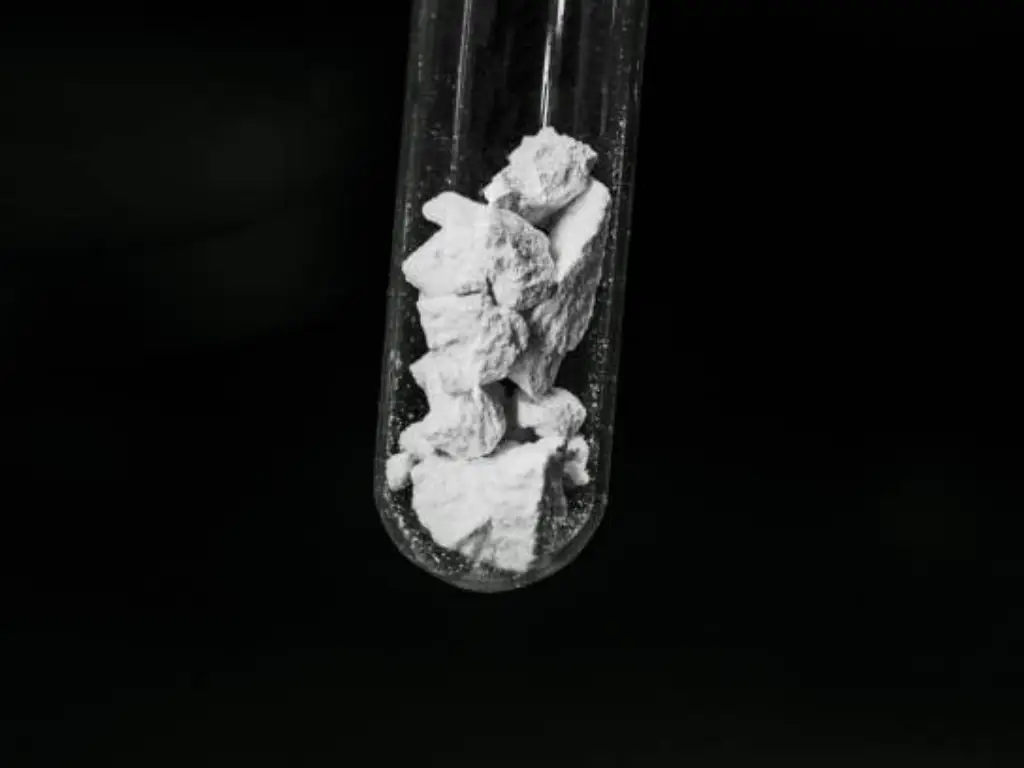
Method 2: Calculating Based on Surface Area
The surface area method is most effective in cases where the moisture absorption is determined by the surface activity, for example, in the hermetic spaces with low air circulation or for hygroscopic materials with a large surface area. This method considers the extent of the surface area of the material or packaging that needs to be shielded from moisture.
Desiccant quantity (g) = Total surface area (m²) × Desiccant unit conversion factor (g/m²)
Consider a storage container with a total surface area of 10 square feet. Using a desiccant unit conversion factor of 0.02 g/in², the estimated desiccant quantity would be:
Desiccant quantity = Total surface area × Desiccant unit conversion factor = 10 ft² × (12 in/ft) ² × 0.02 g/in² = 28.8 g
Method 3: Advanced Calculation Using EIA-583
When determining the required quantity of desiccant, the EIA-583 formula yields more precise and comprehensive results than the volume and surface area techniques. It takes into account the variables that affect the absorption of moisture, including the volume and surface area of the enclosed space, the surrounding environment’s relative humidity, the length of storage, the moisture permeability of the packing material, and the desiccant’s properties. This technique is especially helpful in crucial applications where the material’s moisture content matters.
M(Desiccant quantity/grams) = P (Moisture permeance of the packaging material(g/m²/day/mmHg) )× V(Volume of the enclosed space/m³) × t (Storage time/days) × (RH₁ – RH₂)/[100 – (RH₁ × RH₂)/100] × K(g) × F
RH₁: Initial relative humidity (%)
RH₂: Target relative humidity (%)
K: Desiccant adsorption capacity (grams of moisture per gram of desiccant)
F: Desiccant utilization factor (typically between 0.7 and 0.9)
Special Considerations for Sensitive Applications
For high-sensitivity projects like UV telescope optics or rocket engines, even a small amount of moisture can become a problem. These applications often involve very careful calculations of the desiccant. The best approach is to use molecular sieves because they are capable of regulating humidity with a high degree of accuracy. In such sensitive projects, it is necessary to carry out multiple calculations and use a higher safety factor, usually 1. 5.
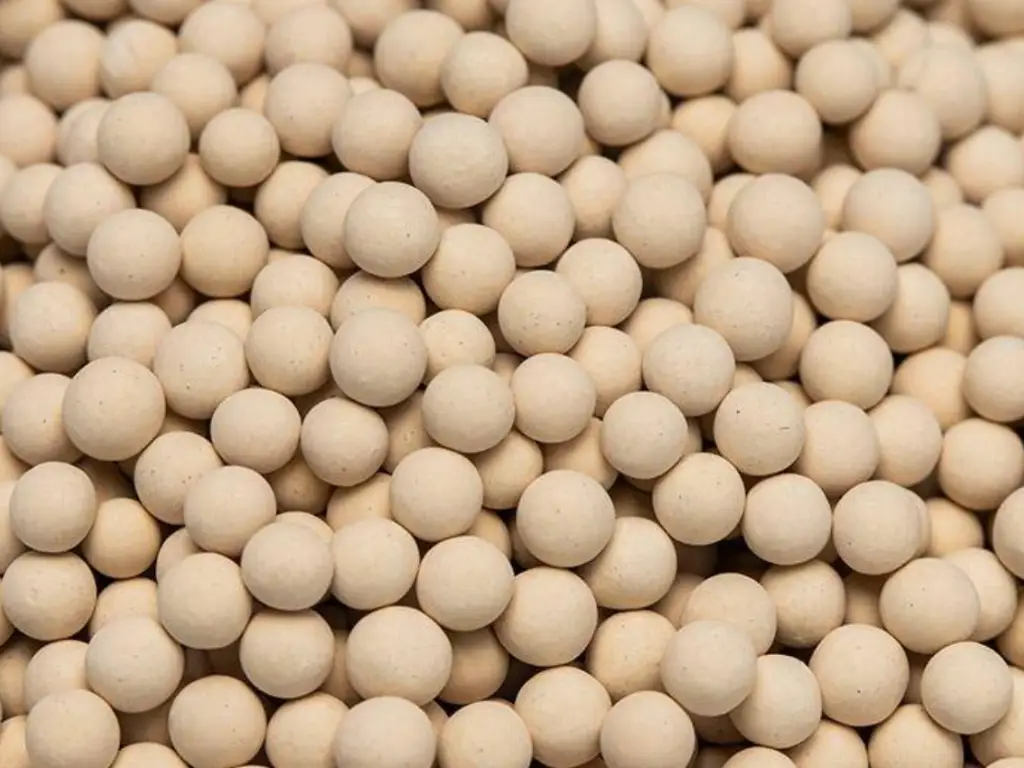
Conclusion: Key Takeaways and Essential Tips for Desiccant Usage
The amount of desiccant you will require depends on factors such as the volume of the space, the sensitivity of the material, the prevailing conditions, and the length of time you want the desiccant to protect for. Volume-based, surface area-based, and EIA-583 methods provide you with the most accurate results due to the correct calculations. Adapting the approach to the various types of desiccants like silica gel, molecular sieves, and clay guarantees that you satisfy the requirements of your application. In high sensitivity projects, it is always advisable to seek the services of professional engineers in order to ensure that valuable items such as materials and equipment are well protected. In cases where you are using a desiccant calculator or where you are doing the calculations manually, it is always advisable to add a safety factor to cater for real life conditions.

